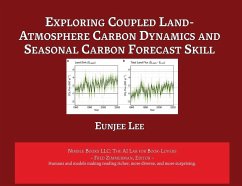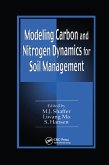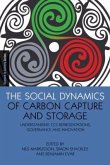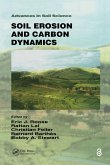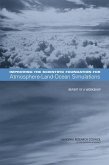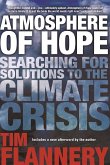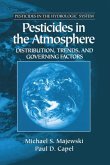The carbon dioxide concentration of the atmosphere is the primary driver of greenhouse warming, which indirectly affects every human being. This illustration, likely familiar to anyone with even a casual interest in climate, shows recent trends in carbon dioxide concentrations at the reference station at Mauna Loa Observatory in Hawaii. The seasonal oscillation in concentration is apparent. Just by eyeballing the data, it is obvious that understanding the terrestrial carbon cycle's contribution to CO2 concentrations is vital to understanding climate change. Readers should want to read this document because it provides valuable insights into the impacts of regional droughts on land and atmospheric carbon, highlighting the connection between climate change and carbon dynamics. It also presents the potential for seasonal carbon forecasting, which can support decision-making in areas such as fire management, forestry, and agriculture. Additionally, the document addresses the need for improved hydrometeorological prediction and decision-making tools in vulnerable regions like the Mekong River Basin, where water availability forecasts are crucial for comprehensive basin management and addressing the impacts of climate change. This document provides information about ongoing research activities related to the terrestrial carbon cycle and its interactions with the atmosphere. The research is conducted by the Global Modeling and Assimilation Office (GMAO) of NASA and focuses on various aspects of the carbon cycle, including coupled land-atmosphere carbon dynamics, seasonal carbon forecast skill, fire carbon dynamics, and improved hydrometeorological prediction with carbon cycle processes. The document also mentions specific research projects, such as investigating the impact of regional droughts on land and atmospheric carbon, evaluating the predictability of land carbon uptake through seasonal forecasts, and developing subseasonal-to-seasonal forecasting tools for informed decision-making in the Mekong River Basin. Overall, the research aims to improve our understanding of the terrestrial carbon cycle and its role in the Earth system. This annotated edition illustrates the capabilities of the AI Lab for Book-Lovers to add context and ease-of-use to manuscripts. It includes several types of abstracts, building from simplest to more complex: TLDR (one word), ELI5, TLDR (vanilla), Scientific Style, and Action Items; essays to increase viewpoint diversity, such as Grounds for Dissent, Red Team Critique, and MAGA Perspective; and Notable Passages and Nutshell Summaries for each page.

